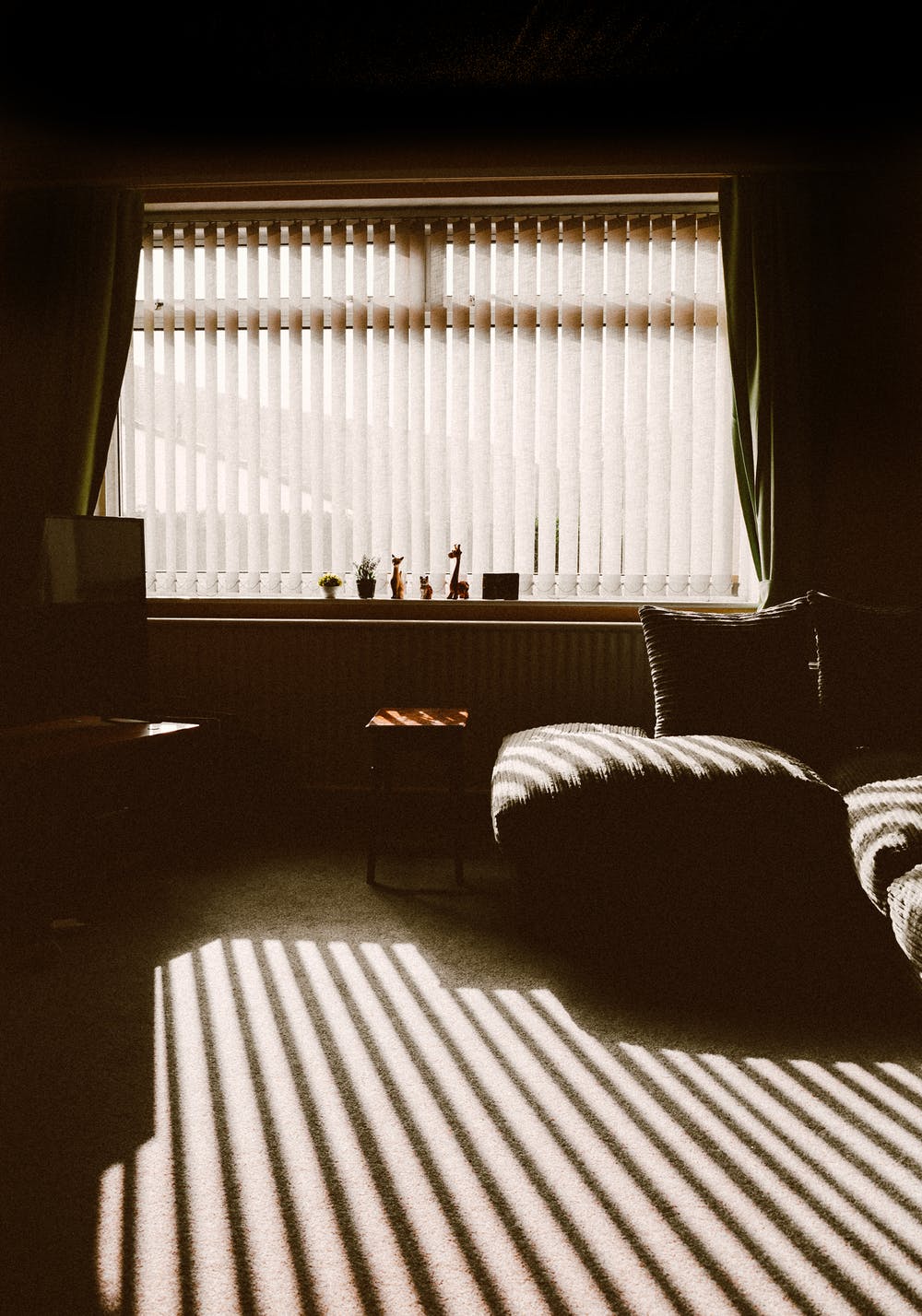Curtains, Blinds or Shades? Learn What Kind of Window Dressings Are Best For Your Property
The most common kinds of window coverings that are available for your windows; including their individual pro’s and con’s to help you pick the one that is truly ideal for your property.

When it comes to most kinds of home decor and accents, it’s usually the norm for there to be hundreds of options and designs, which can make it quite overwhelming and kind of unpleasant to have to sit down and “just pick one”. Our professionals have indeed noticed a quite common trend: homeowners and property managers often anticipate just how time consuming it can be to get stuck with evaluating hundreds of different options for their homes, and ultimately end up opting for “too good to be true” or “spur of the moment” updates that don’t typically turn out to be the best match for their expectations. Window coverings are in this category. With new technologies, decor styles and trendy materials always changing things up, it can be difficult to easily choose the best type of window covering to complement a space while being easy to maintain and practical for tenants. This week, we will go over the more common kinds of window coverings that are available for your windows, while including their individual pro’s and con’s to help you pick the one that is truly ideal for your property.
Blinds
Blinds consist of either horizontal or vertical slats that can be adjusted with cords or handles to allow for varied amounts of visibility and luminosity. Blinds can be easily custom-fitted, cleaned off and are treated so that that won’t fade over time.
Styles
Venetian blinds are the most common kind of shades: they have horizontal slats larger than one inch wide, connected by a rope cord or cloth strip called “tapes” and have slats that bundle together as one raises them vertically.
Mini and Micro blinds look and work in the same way Venetian blinds do, but feature smaller slats, which are typically one inch or less wide.
Panel blinds have characteristic vertical slats that slide along a track that is mounted above the window or door they cover.
Materials
Plastic - plastic is the most common kind of material used to craft blinds, which is largely due to the fact that it is the cheapest and easiest to replace. Plastic blinds come in many colors and sizes, but are nowhere near as durable and sturdy as ones made with wood or metal, which makes it easy for them to become damaged (snap, fall of or bend) and require frequent replacements over time.
Metal - metal blinds are resistant to moisture and overall much more durable than their plastic counterpart. Those made with smaller gauges are thicker and thus the most durable. While they they come in many different finishes and can be used in any space, some find them to be particularly noisy, which is a major downside that comes with this material.
Wood - wood blinds offer a uniquely polished and refined look, and have a naturally heavier weight that gives them a sturdy quality. While some find this to be a desired characteristic, wood blinds might not be an ideal choice for those wanting a more modern look or a solution that is practical and easy to maintain. Wood blinds are much pricier than metal or plastic blinds, and repairs are costly. They also are not a good option for kitchen and bathrooms as the wood can become easily damaged - rotten, cracked, warped - when exposed to moisture.
Faux Wood - blinds made with faux wood slats are the solution for those who like the look of wood blinds but have lower budgets and want less maintenance concerns. They are made of synthetic materials that are engineered to resemble wood, which makes them perfectly resistant to moisture and afoordable.
Shades
Unlike blinds, shades consist of one single, unified layer of material that can be pulled down or up to cover windows and doors uniformly. Shades are crafted to stretch and roll down or fold up into themselves.
Styles
Pleated - pleated shades are the most simple kind. They consist of a sheet of thin material that is folded in an accordion-like pattern so it can unfolded down or bundled up.
Cellular - cellular shades have unique insulation properties. They consist of two layers of materials that are combined together and then folded like plated shades, while leaving an opening in the middle. This unique design turns them into a layer that is able to provide insulation from outside temperatures and sounds.
Roman - roman shades are a cross between a curtain and a Venetian blind. They are crafted so that a piece of cloth can be raised and lowered as it folds into itself. Roman blinds can be made from many different kinds of cloth, including special thermal or UV-filtering cloth. The main downsides to Roman shades is that even when they are completely “rolled up”, the bundled cloth folds in a way that covers the top of the window, reducing visibility and light.
Roller - Roller shades are similar to Roman shades as they are made up of fabric that can be pulled up or down, but they do so without folding. A special mechanism allows the fabric to be stretched across the window or door it covers without folding. Many options and customizations are available for roller shades, with higher-tech materials (thermal and such) and elaborate mounts to match any style. Cheaper kinds of roller shades can develop problems as mechanisms can become jammed. The fabric covering can also easily require a complete replacement after becoming stained or faded from sunlight exposure, which is typically costly.
Curtains
Curtains are made by hanging large pieces of cloth on a wall-fixed rod or track, which then allows for the cloth to be sled over or away from the window.
Pros
- Countless fabric options exist and make it possible to choose between hundreds of color and materials for a property’s curtains. Heavier or thicker materials provide maximum coverage while lighter, more transparent fabrics allow more light filtration.
- Curtains do not require to be precisely fitted to a window or door like blinds do: after curtain rods are mounted, it’s typically quite easy to find a curtain size that works.
- They operate without handles or hanging ropes, which can be a safety hazards for children and easily damaged by pets
- While a stained shade might require a complete replacement, stained or dirty curtains can be taken off and machine-washed
Cons
- Curtains attract and collect dust, pollen and other airborne debris (like pet air), which makes regular washing a necessity
- They are not suited for all homes and designs: some spaces can be made to look smaller or simply “off” by large curtains and rods
- Curtains can be quite problematic when mounted in kitchen and bathrooms, where increased moisture in the air can dampen them and cause them to become an ideal living environment for mold

